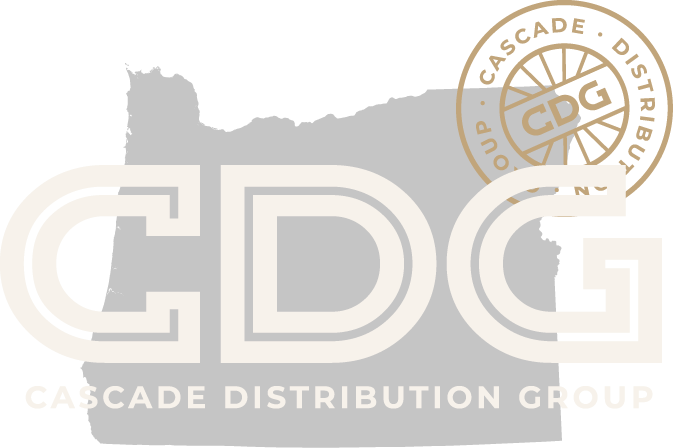< EDGEBANDING >
What is edgebanding?
A typical panel is constructed of a substrate core (usually Plywood, Particle board, MDF, etc) with a layer of material (Such as RTF, TFL, MDF, etc) to the front and back. While some materials can be applied around the edges with certain door construction, very often it will require an additional band of material that needs to be added around the edges; thus Edgebanding. At CDG, our products use ABS and Zero Joint Hot Air methods to do our edgebanding.
WHY DO WE EDGEBAND?
As stated, edgebanding is often used to complete or seal the core in your your chosen material. In some instances, one may want the edges to be left open revealing the raw substrate core. More often than now, however, edgebanding is desired as it helps protect the door from damages and creates a clean uniform finish all around the panel.
A.B.S EDGEBANDING
THE MATERIAL >
Edgebanding can be done with a variety of materials, from classic P.V.C to Wood Veneer. Each has its purpose and place, but with something like A.B.S you get a versatile and eco-friendly option to finish you cabinets.
WHAT IS A.B.S?
A.B.S is a lightweight polymer plastic similar to P.V.C in versatility and form that’s comprised of 3 chemical monomers:
- Acrylonitride – for high strength
- Butadiene – for extra toughness
- Styrene – for a clean glossy finish
A.B.S compares to P.V.C in its durability, flexibility, and versatility, but what sets it apart is it’s Eco-friendliness. While P.V.C can release harmful toxins when incinerated, making it difficult to recycle, A.B.S can be used and reused safety without releasing harmful chemicals.
THE METHOD >
A.B.S edgebanding is applied by using an automated edge banding machine. The process involves feeding the A.B.S strip through the machine, where it’s heated and pressed onto the exposed edges of panels or boards using a strong adhesive. Rollers or pressure are used to ensure a firm, smooth bond.
Excess material is trimmed, and any rough edges are polished to achieve a seamless finish. The method allows for precise application and ensures durability while enhancing the appearance of the panel.
THE MEASURE >
A.B.S edgebanding combines a durable, eco-friendly thermoplastic material with a precise application method using heat and adhesive to seamlessly finish panel edges.
Its benefits include resistance to heat, impact, and wear, making it ideal for furniture, cabinetry, and high-use surfaces. A.B.S is lightweight, recyclable, and free from harmful chemicals, making it a sustainable choice for environmentally conscious projects.
ZERO-JOINT HOT AIR
THE MATERIAL >
THE METHOD >
The Zero Joint Hot Air edgebanding process uses a high-temperature hot air blower to activate the functional layer on the back of the edgebanding material. This layer melts and fuses the edging to the panel, creating a bond without the need for traditional glue. The method eliminates visible joints, ensuring a seamless appearance. The machine precisely heats and presses the edging onto the panel, and any excess is trimmed and polished for a clean finish. The process is efficient and eliminates glue lines, giving the impression that the edge and panel are a single, unified piece.
THE MEASURE >
The key measure of quality for Zero Joint Hot Air edgebanding is the seamless, glue-free joint it creates. The edgebanding not only enhances the visual appeal of furniture but also provides superior moisture resistance and durability. The process results in a stronger, more resilient bond compared to traditional edgebanding, as there is no glue that could wear over time and result in peeling. It also requires less maintenance, making it an ideal solution for high-end or heavily used furniture. This method is known for reducing long-term wear and tear, leading to a longer-lasting product.

